8.0-8.5mm akoya necklace, all-knot with pink thread, seawater natural blue color, not dyed, 47cm, silver 925 clasp, cultured in Japan.
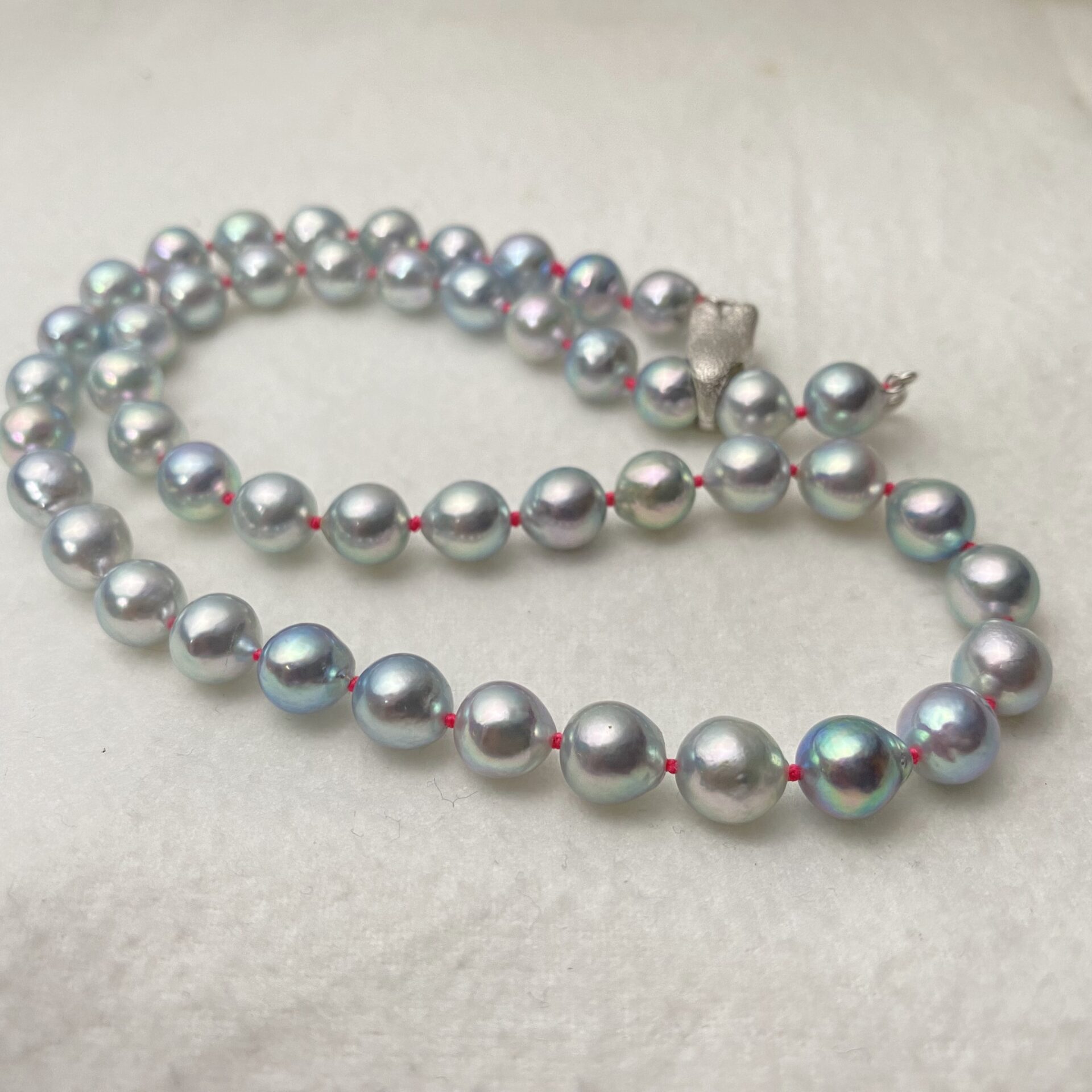

Akoya necklace
$1,617.60
Sold Out
This is an Akoya pearl necklace. These pearls were cultured in Japan, specifically in Ago Bay, Shima City, Mie Prefecture, the most famous pearl farming region, well known for Mikimoto Pearls. It is said that in 1893, Kokichi Mikimoto succeeded in culturing Akoya pearls here.
In reality, many people at the time were working towards the successful cultivation of round Akoya pearls. Among them, a man named Tojikichi Nishikawa was the first to succeed in pearl cultivation. Mikimoto, in turn, married his daughter to Nishikawa and claimed the success of pearl cultivation as his own. Mikimoto went on to patent pearl farming. As a result, others who wanted to engage in pearl farming were unable to do so.
Among them, there was one man who stood up against Mikimoto. After three trials, he won his case. However, due to a supplementary court ruling, pearl farming was temporarily banned in Mie Prefecture.
During this time, he heard from an employee that Akoya oysters were living in the waters near his hometown. The man made a farewell gesture with his family by performing the *mizusakazuki* ceremony (an ancient ritual involving a farewell drink of water, instead of alcohol, typically performed when one may not return alive). He then set out on a journey from Mie to an island far off near the Korean-Japanese border.
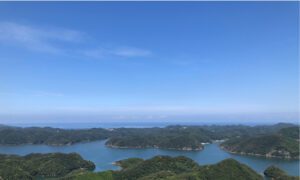
At the start of the 1900s, the island still did not have electricity. He began by bringing electricity to the island. Since many areas of the island lacked roads, boats were necessary for travel within the island. After years of struggle, he successfully cultured Akoya pearls on the island.
The people of the island, realizing that Akoya pearls could be cultivated there, rushed to work for his company. Back then, the process of inserting nuclei into the Akoya oysters was akin to surgery, and workers wore white lab coats. Even the employees were kept in the dark about the process, and the operation room was always hidden behind curtains.
More than 120 years later, Akoya pearl farming has become one of the island’s industries. However, very few people know who started Akoya pearl farming on the island.
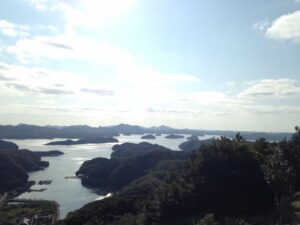
It was thanks to him that the island gained electricity. The residents knew he was there when they saw the lights turn on. In addition to electricity, the island’s roads and infrastructure improved greatly due to the pearl farming business.
As of 2024, there are about 40 Akoya pearl farmers on the island. At its peak, there were even more, but due to aging populations, mass oyster deaths, and a prolonged recession, the number of farmers has been decreasing each year.
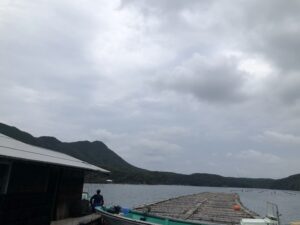
About 30 to 40 years ago, at its peak, the island hosted auctions for freshly harvested pearls. During auction season, buyers from major pearl companies would gather, and many of them partied with the farmers at local bars. Some even placed wads of cash on tables to negotiate direct deals instead of participating in auctions. Those over 70 today still recall these good times.
The island is home to about 30,000 people. Most Japanese people know the name of the island, but few actually visit. The nearest city to the island is Hakata, and though it’s only a 30-minute flight, the cost is quite high. The ferry is cheaper but takes about five hours. In short, the island is quite inconvenient to access.
The island’s landscape is characterized by rias, where the mountains seem to rise out of the water. It looks like a submerged landscape, with the sea entering all corners of the island. The bays are calm, making it an ideal environment for Akoya pearl farming, as oysters cannot thrive in rough waters.
The island is long and narrow but is bisected by a man-made channel in the middle. This was done during the Russo-Japanese War, as the island was expected to be within the encounter zone between the Japanese Navy and the Baltic Fleet of Russia. The Japanese Navy planned to hide battleships on the island and dug a channel to allow ships to pass through. Today, a bridge crosses the channel, and the cut cliffs are still visible.
Incidentally, one of my favorite Japanese writers, Ryotaro Shiba, wrote a novel about the Russo-Japanese War. Though it’s an old novel, I’m a huge fan of it. I admire how he wrote with love even for the enemy characters, such as Rozhestvensky and Kuropatkin.
Back then, there were many honorable people in the army and navy. Although the world doubted that Japan could defeat Russia, Navy Staff Officer Akiyama Saneyuki devised and executed a brilliant plan. He gave everything to the Russo-Japanese War, to the point that afterward, he lived the rest of his life almost as if he had gone mad.
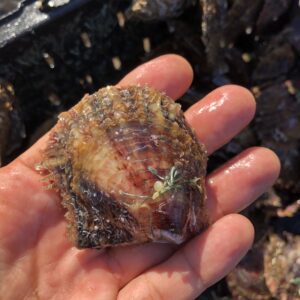
During the war, it is said that around Christmas, Japanese and Russian soldiers would occasionally gather to drink together. War is usually a brutal affair, but this story has a touching element.
Now, back to the topic at hand.
The Akoya pearl necklace being sold on Etsy was born in this land. About 100 years ago, one man said farewell to his family and set off from Mie to an island far off near Korea to realize his dream. And there, he succeeded in Akoya pearl farming. A century later, those who worked under him, or who later became independent, have passed his pearl farming techniques from parent to child, and then to the next generation. Today, few remember his name, but the pearls that shine today are still the result of his efforts.
I think there’s something beautiful about things that, while their creator may no longer be known, continue to shine and thrive into the present. Wealth, fame, and status are wonderful, but it’s something special when things simply remain, despite people forgetting who started them.
Incidentally, I once worked at the company that this founder started. A few years ago, I visited a pearl farm in Mie Prefecture.
There, you’ll find small, individually run pearl farms. The kind of place where, as you drive through mountain roads, you suddenly catch a glimpse of the sea. The area is mostly home to fruit orchards, forestry workers, and pearl farmers.
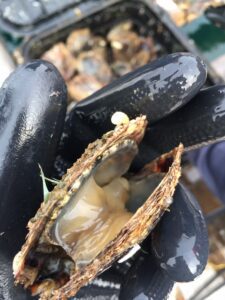
As I was walking around, an elderly man of about 80 looked at me suspiciously and asked, “What are you doing here?” I told him I worked for a pearl farming company and mentioned the company’s name. His anger subsided, and he said, “Ah… when I was young, the founder of your company once sold me Akoya oysters. He really saved me. He was a great man. Thanks to him, the people here are still able to continue farming pearls. It’s because he won his case against Mikimoto that our waters were returned to us.”
Tears in his eyes, he then offered to show me the monument commemorating the trial victory.
Though I’ve left Mie, I still feel his spirit shines on in the pearls.
Now, back to the necklace itself. These pearls are blue-toned. I personally love blue-toned pearls. However, to pearl farmers, blue-toned pearls are considered imperfect. Blue coloration can be caused by the stress on the Akoya oysters.
Akoya pearls are formed by inserting a round nucleus (typically made from a freshwater mussel) into an Akoya oyster, which then coats the nucleus with layers of nacre.
The timing of the nucleus insertion is critical. If the Akoya oyster is carrying eggs when the nucleus is inserted, the resulting pearl can have blemishes, cloudy color, or turn blue.
To avoid this, if the oyster is carrying eggs, the oysters are crowded into boxes, like a packed train, to weaken them. Under stress, the oysters expel their eggs. Afterward, the nucleus is inserted.
If the oysters are weakened too much during this process, the resulting pearls can turn blue or develop blemishes. In the worst cases, the oyster may die, or produce pearls with minimal nacre that look like plastic.
It’s up to the farm’s manager to make the judgment call. They must consider the specific conditions of the sea, the characteristics of each oyster, and predictions about the weather and sea temperatures. This one decision can determine whether the pearls will be of the highest grade or commercially worthless.
Though the pearls of this necklace are blue-toned, they have few blemishes and boast a strong luster. Being baroque in shape, they are covered in thick nacre. While blue-toned pearls are considered imperfect, if they have strong luster and thick nacre, they still qualify as fine gemstones.
Nacre can be a tricky concept to grasp.
No one looks at a swimming pool and says it’s mesmerizing. But out at sea, in a place where you can’t see the bottom, the water can seem mesmerizing—maybe even a little scary, like it might pull you in.
That depth is what nacre is all about. While a young person’s smile is charming, there’s something about the smile of an elderly person, with its depth, gained through years of both hardship and happiness.
It’s the difference between a brand-new roll of plastic wrap and a nearly used-up roll—the layers of the wrap are different in depth.
Even in coffee, depth is important. The same applies to jokes—some are shallow, others deep.
I’m not coming up with the best metaphors today. Usually, I write these descriptions on a whim, but today, the words aren’t coming as easily.
In short, the pearls of this necklace have thick nacre, giving them a deep, attractive luster. Even perfectly round pearls without deep nacre cannot be called attractive. A slightly baroque pearl with thick nacre and a beautiful luster is far more appealing.
This is also the belief of the man who started Akoya pearl farming on that island 100 years ago. He probably didn’t think baroque pearls were ideal, but he was certainly obsessed with the thickness of the nacre. That passion has become part of the farm’s DNA and is still passed down today. First and foremost, they care about whether the nacre is thick.
I have strung pearls from such a tradition using pink thread. Pearl necklaces tend to give off a very formal impression. I wanted to create a more casual necklace so people could enjoy pearls more freely and with more fun. I want people to say, “That necklace is so cute!”
Though they are gemstones, pearls can also have a playful side. It’s like how a serious, competent businessman might carry a handkerchief with a cat pattern—though I suppose that’s not the best analogy.
This has gotten a bit long, so I’ll share more with the next product.
By the way, I can adjust the length of this necklace to meet your preference. The thread color can also be changed, and if you want it strung on wire instead of thread, I’ll accommodate the request, even if it makes me shed a tear.
Shipping is via EMS.
If you have any questions, feel free to ask.
And please, enjoy exploring all kinds of pearls in various shops.